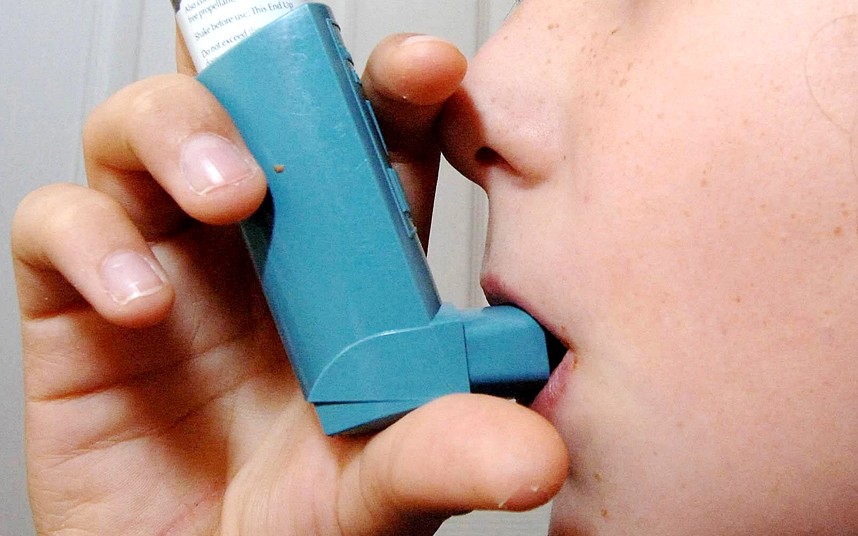Women more likely to be hospitalized following emergency asthma treatment
A recent study points out that women are 60% more likely than men to need hospitalization after seeking emergency treatment due to an asthma attack. Researchers believe that female hormones and difference in health behavior could explain this. This was published in the May 5 issue of Annals of Allergy, Asthma and Immunology.
Scientists came to this conclusion after analyzing 2,000 emergency department (ED) patients with acute asthma.
“It’s long been known that after puberty, asthma is more common in women than men,” Dr. James Sublett, president of the American College of Allergy, Asthma and Immunology, said in a journal news release.
“Only 10 percent of the women in this study had been seen by an allergist in the last year,” Sublett added. “Those who see an allergist and use controller medications find themselves in the ED [emergency department] much less often, and experience fewer hospitalizations related to their asthma.”
Rose Chasm, lead author of the study and a clinical assistant professor of emergency medicine at the University of Maryland’s School of Medicine in Baltimore, added that most requiring hospitalization, in addition to not having seen an allergist during the last year, had not used controller medications (inhaled corticosteroids) for their condition too. Besides that, a significant number of those were overweight. Some were active smokers too.
“After adjusting for all those factors, we found that women were still 60 percent more likely to be hospitalized after being seen in an ED for acute asthma than men,” she said.
Various explanations are being offered as to why the rate of hospitalization is higher among women. They drew attention to the fact that women may perceive their trouble breathing differently than men, besides the female sex hormones and health behaviors also playing a role.
The researchers however underlined the need to carry out more studies to be able to pinpoint the exact cause of these gender related differences.
